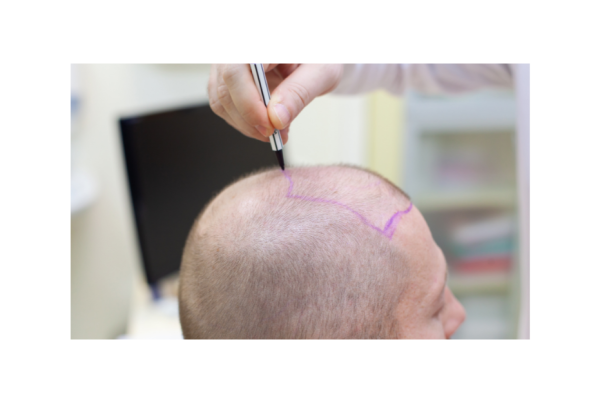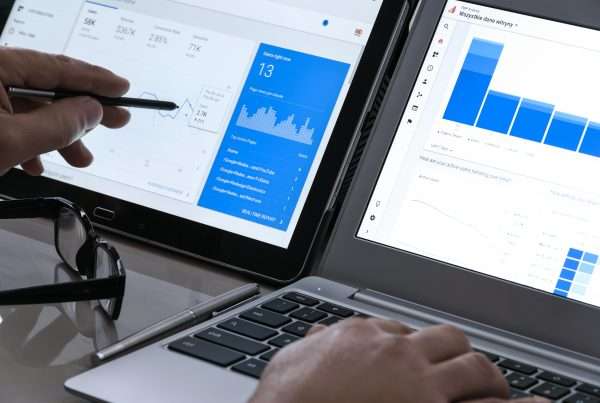Google announced in August that Expanded Text Ads (ETAs) will be leaving the platform in June 2022 and Responsive Search Ads (RSAs) will be the only option after that time. While Responsive Search Ads (RSAs) have already become the default ad unit in Google Ads, June 2022 marks the official reign as the only text ad unit in paid search.
As we gear up to embrace the full adoption of RSAs, let’s take a step back to learn more about them, discuss the benefits of Responsive Search Ads and why you should pay attention to the Ad strength indicator within the Google Ads platform.
Learning about Responsive Search Ads
Responsive Search Ads give advertisers a more dynamic approach to paid search. By utilizing machine learning and AI, RSAs allow advertisers to keep up with daily new search queries that Google has never seen before. As Google notes, “Automation is key to keeping pace with these trends.” Being able to take advantage of serving impressions for new search queries that you otherwise would not have had access to with ETAs will improve the returns you are seeing from paid search.
Benefits of Responsive Search Ads
While Expanded Text Ads only allow 3 headlines and 2 description lines, one of the benefits of Responsive Search Ads is that they can have up to 15 headlines and 4 description lines allowing for more ad copy options.
Google and Microsoft’s machine learning technology arranges the various headlines and description lines to generate a text ad that is most likely to convert. As Google describes, “in any given ad, a maximum of 3 headlines and 2 descriptions will be selected to show in different combinations and orders. Over time, Google Ads will test the most promising ad combinations, and learn which combinations are the most relevant for different queries.”
When an advertiser uses all 15 headlines and 4 description lines, the AI can produce 43,680 ad copy combinations! It should be noted about Responsive Search Ads and Expanded Text Ads: they look identical on the search engine results page. While it is more time consuming to develop ad copy components that work within this framework, the benefits in campaign performance will likely outweigh the time spent.
Most expert search practitioners (like us at LMG) have always utilized 2-5 ETAs (for proper a/b testing) and 1 RSA per ad group to cover our bases and be able to gain insights into which ad copy combination will resonate best with our target audience.
Do RSAs mean the end of a/b testing in paid search?
No! In both Google and Microsoft, there can be two active RSAs per ad group. All ads have performance insights to see how well your ads are serving and converting. Additionally, there is an Ad strength diagnosis report provided in Google. Using the Ad strength report can help to improve impressions on RSAs in the creation process as well as once the RSAs are showing.
It’s important to note that you can always pin up headlines and description lines, so the ad copy always appears in an exact order (for example, ensuring that headline 1 is the name of the brand or product). While creating RSAs, you still have control over the messaging looks on the search engine results page.
What does this mean for my ad account?
If you haven’t already done so in your Google and Microsoft accounts, set up RSAs in, at the very least, the most high converting or performing ad groups in your account to gain initial insights. The best practice is one per ad group in ad groups.
The Google Recommendation tab can provide ad copy ideas to use for additional RSA headlines and description lines. These ad copy ideas come from your landing page, taking into account phrases that match user intent. At LMG, we recommend making sure these additional ad copy recommendations make sense with your brand message before implementing.








